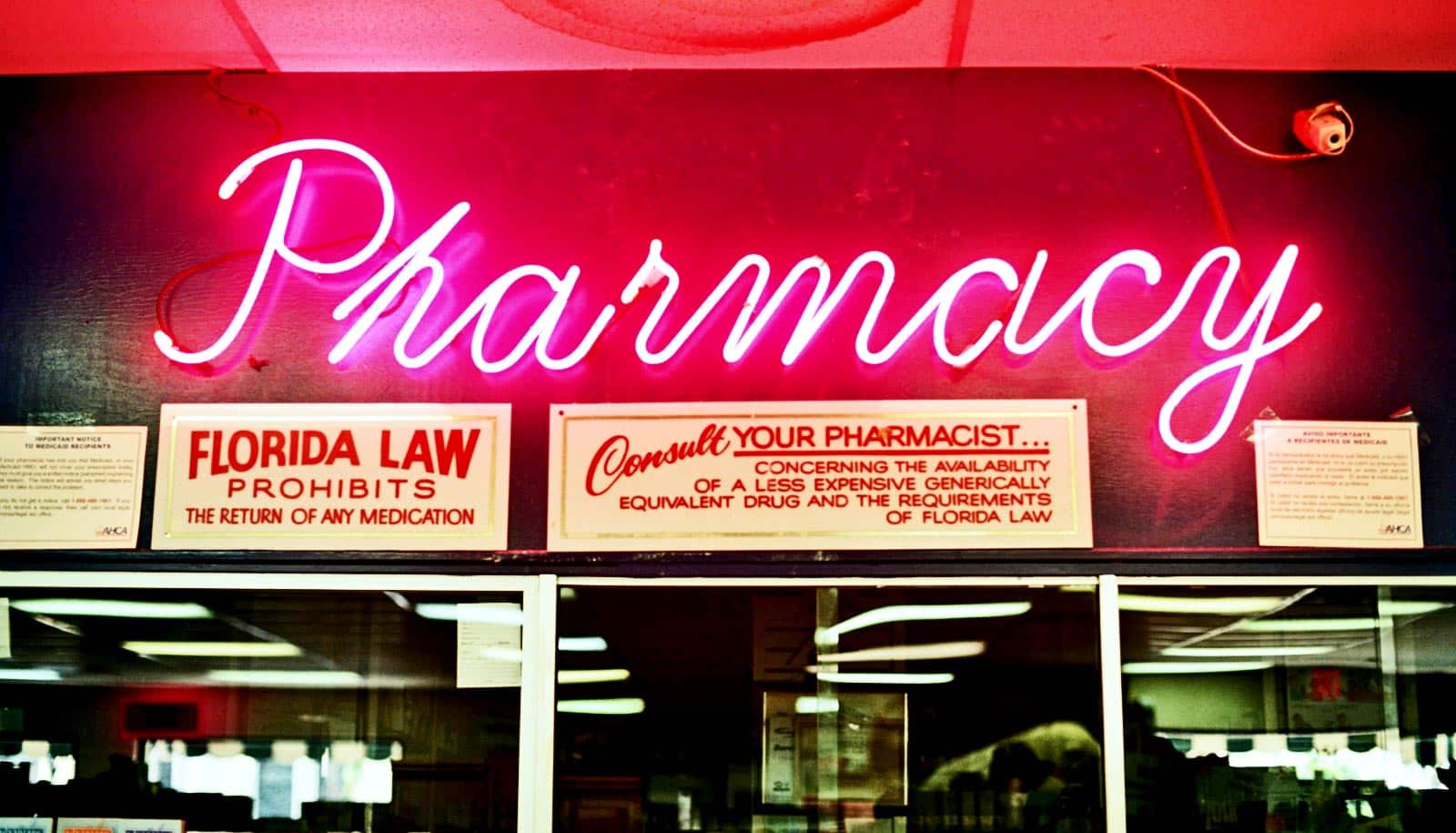Greater use of pharmacists to treat minor illnesses could potentially save millions of dollars in health care costs, according to new research.
The findings also indicate a way to improve health care access by expanding availability of pharmacists’ clinical services, including prescribing medications, amid an ongoing shortage of primary care providers.
The study found that care for a range of minor health issues—including urinary tract infections, shingles, animal bites, and headaches—costs an average of about $278 less when treated in pharmacies compared to patients with similar conditions treated at “traditional sites” of primary care, urgent care, or emergency room settings.
Follow-ups with pharmacy patients showed that almost all their illnesses had resolved after the initial visit with a pharmacist.
Notably, if all of the illnesses in the three-year study that were treated at a traditional site of care had been treated by community pharmacists, it would have saved an estimated $23 million in health care expenses.
“The findings show that pharmacists, especially in the outpatient community setting, are a viable solution to part of our patient access to care problem in our state and country,” says lead author Julie Akers, a pharmacy researcher at Washington State University.
“Pharmacists are trained and qualified to do this work, and unfortunately in many settings, highly underutilized. And they could have a huge impact on how fast patients access care, which can minimize the complexity and the progression of their condition.”
For the study, published in the journal ClinicoEconomics and Outcomes Research, Akers’ research team analyzed data of nearly 500 patients who received care from 175 pharmacists at 46 pharmacies across the state of Washington from 2016 to 2019.
The team also followed up with the patients 30 days after their pharmacy visits to assess treatment effectiveness. They then compared these cases with insurance data of patients from the same time period with conditions of the same type and level who had sought care at a doctor’s office, urgent care facility, or emergency room.
The researchers found that for almost every minor illness in the study, pharmacy care was not only effective but cost much less, sometimes dramatically so. For instance, the study found that for an uncomplicated case of urinary tract infection, normally treated with antibiotics, a first visit to an emergency room cost on average $963, a primary care physician’s office, $121—and at the pharmacy, the average was $30.
A team of pharmacy researchers in coordination with an advisory board of physicians conducted the study. The findings highlight the advantages of expanding the physician-pharmacist collaboration that allows some pharmacists to directly prescribe medications.
Washington state was the first in the nation to enact the “prescribing authority” in 1979 which enables a licensed prescriber such as a physician to delegate a pharmacist to prescribe and administer certain drugs.
As part of their education, pharmacists are trained in clinical evaluation of common illnesses, and as Akers points out, they already regularly make recommendations for conditions that can be treated with over-the-counter medications. The prescribing authority allows them to take their current practice to the next level if over-the-counter medicines are not enough.
Pharmacists also often refer patients to different providers for conditions that are complex, need further testing or cannot be resolved through medication alone. For less serious conditions, this study shows that pharmacists with prescribing authority can help fill a gap in care, especially in rural areas or at times of the day when there are few options available, Akers says.
“We’ve seen over time, more and more patients struggle to get access to care,” she says. “Over the past couple of decades, we’ve seen inappropriate use of urgent cares and emergency departments for things that really didn’t need go to that level of service.”
There is more work to do to be able to expand this treatment at pharmacies, Akers adds. This includes creating greater public awareness, so people expect this type of service at pharmacies as they now do with vaccinations.
Pharmacies also need to address the financial sustainability of providing these expanded patient care services, and Akers hopes the team’s next project will involve helping pharmacies transition to medical billing, which could greatly increase access to care for patients without the ability to pay out of pocket for care.
Additional coauthors are from Washington State and Idaho State University.
The National Association of Chain Drug Stores Foundation supported the work.
Source: Washington State University



